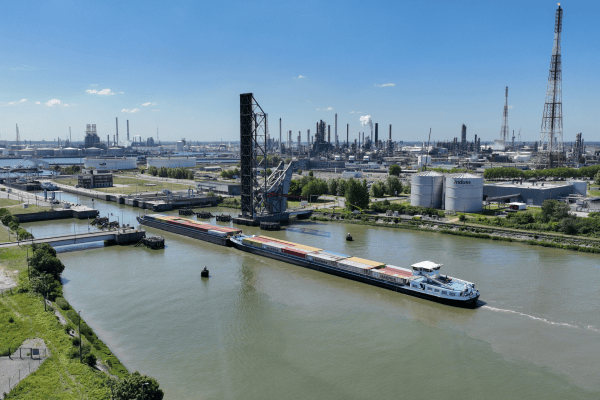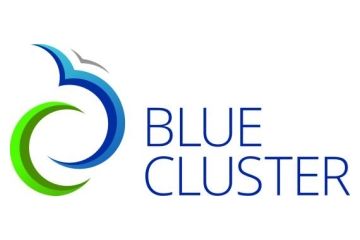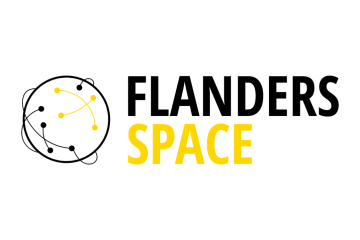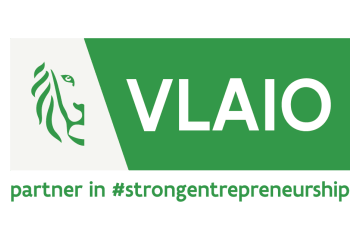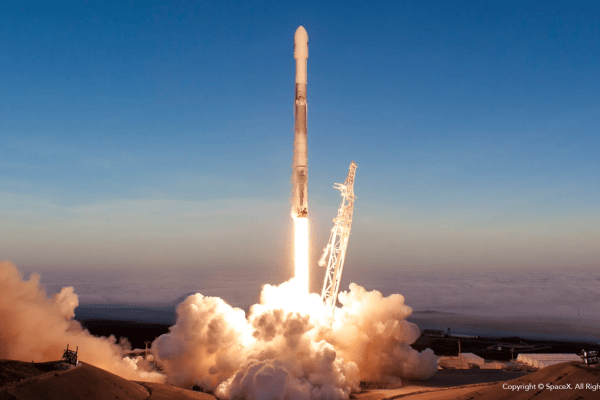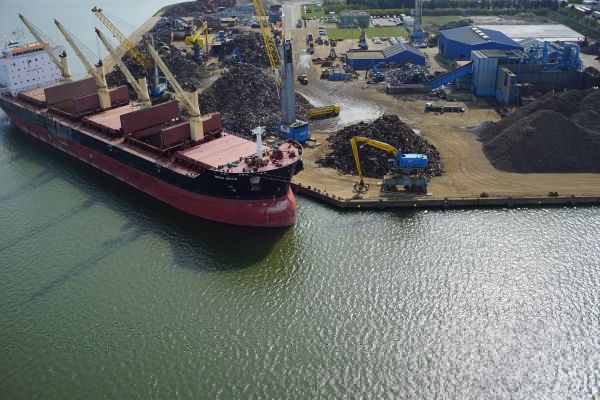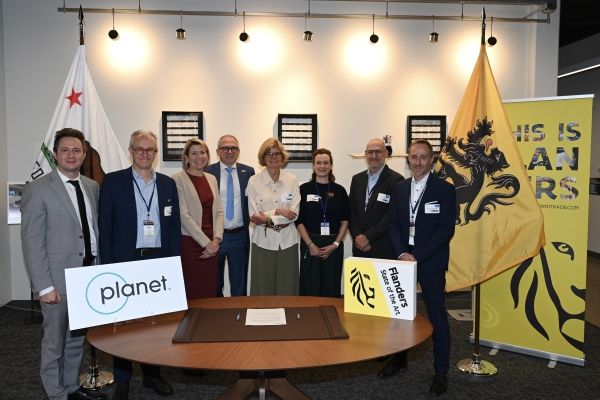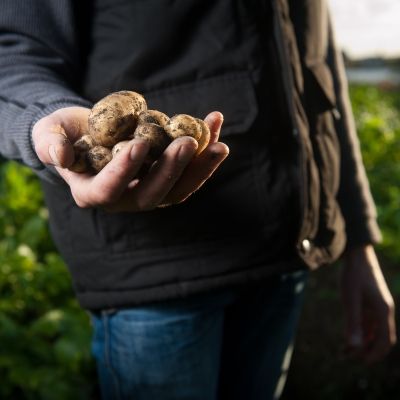From seabed to satellite: VITO leads research into plastic pollution with innovative detection technologies
Plastic does not belong in our natural environment, and certainly not in our rivers and seas. Yet, we find it everywhere in various shapes, colours, and sizes. Plastic spreads through our waters, from litter on the beach to invisible microplastics in the different water layers, from the surface to the seabed. Because manually detecting and collecting plastic pollution is both very labour-intensive and expensive, technology offers a powerful alternative. The SSPIRIT research project, coordinated by VITO, brings together Flemish partners to gain better insight into where plastic accumulates and how it spreads, using innovative detection technologies and models.
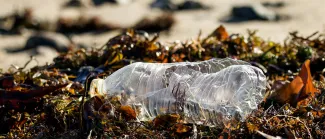
A Flemish collaboration with international ambitions
SSPIRIT stands for From Seabed to SPace: Identifying and quantifying plastic litteR with Innovative remote sensing Technologies. The kick-off of this three-year project took place in June 2025. The project is a collaboration between VITO, VLIZ, KU Leuven, University of Antwerp, Ghent University, Blue Cluster, and Flanders Space, and is funded by VLAIO.
Although the research focuses on the Belgian part of the North Sea and the Scheldt estuary, the ambitions reach further. The knowledge and technology developed within SSPIRIT can later also be applied internationally, from European estuaries and coastal waters to global satellite observations. In this way, Flanders strengthens its position as an innovative test region for marine environmental policy and sustainable technology.
Innovation from underwater to outer space
The goal of SSPIRIT is as ambitious as it is necessary: to better understand and quantify plastic pollution. The project achieves this by combining various remote sensing techniques such as drones, underwater cameras, and satellite images. By bringing all this data together, a more complete picture emerges of the distribution and concentration of plastic in rivers and seas.
When direct detection is difficult, researchers look for indirect indicators, such as the turbidity of the water or the presence of vegetation along the banks. By combining all these detection technologies, a fully three-dimensional picture of plastic pollution in our seas and rivers is gradually created. The collected data are further processed with smart data analysis and predictive models to better understand how plastic moves and accumulates in marine ecosystems.
VITO connects technology, knowledge, and data in the fight against plastic pollution
As project coordinator, VITO takes the lead in designing the experiments, collecting the data, and integrating the various technologies. Within SSPIRIT, VITO is developing the scientific foundation for a future satellite mission focused on detecting plastic on the water surface, and is investigating how drone images, images from special cameras and smartphones, and artificial intelligence can help to identify plastic on banks and beaches more quickly and accurately.
“SSPIRIT demonstrates how data and technology can contribute to healthier ecosystems,” says Ils Reusen, Project Manager at VITO. “By linking insights from space to measurements in the water, we are literally and figuratively bringing plastic pollution into better focus.”
From research to impact
In addition to research, SSPIRIT strongly emphasises collaboration and application. Within the project, an Innovation Accelerator is being set up: a platform that supports companies and policymakers in applying the developed knowledge and technology into practice. In this way, SSPIRIT not only provides new insights into plastic pollution, but also concrete solutions for monitoring, prevention, and policy. In this way, the project contributes to a sustainable blue economy, in which technology and ecology reinforce each other.
